Gardening is witnessing a profound and fundamental transformation on a massive scale. Gardeners are shifting from growing plants in the outdoors to nurturing them in indoor controlled environments aka greenhouses.
Greenhouse growing helps save on precious resources like land, labor, and water. A greenhouse gives gardeners a great deal of control over the plant’s environment. It also requires them to consider a large number of variables that will have an impact on the success of the greenhouse project. While trial and error is a part of learning the art of greenhouse growing, here are a few tips that will guide the gardeners in the right direction.
1. Selecting Plants to Grow
Every plant has its own set of optimum requirements. In theory, every plant is amenable to greenhouse growing. However, practically speaking, some plants are better suited for greenhouse growing than others. Gardeners should keep that in mind before choosing a plant variety.
A good rule of thumb would be to stay away from plant varieties that need constant care or those that fall prey to insects or catch diseases despite providing a carefully calibrated growing medium, adequate nutrition, and the best pots for greenhouse growing.
2. Choosing the Containers
Containers allow the gardener the freedom to grow the plant of their choice under the greenhouse cover. They get more control over the quality of the growing medium, pH management, suppression of weed growth, and in the prevention of diseases and pests. The best pots for greenhouse growing ensure that the plant and its roots grow to their full potential.
For instance, small plants like peppers grow well in pots like the 7 Liter Square Pot. On the other hand, when it comes to eggplants, the best pots for greenhouse growing are the 40 Liter Round Pot. Then there are the raspberries, which should be grown in containers that provide good drainage. A product like the 10 Liter Drainage Collection Pot is a befitting option for plants that require ample drainage.
As greenhouse growing is all about providing the plant precisely the nutrients they need, choosing the right container is arguably the most critical step in setting up a productive greenhouse.

3. Protecting the Plants
Protecting the plants from the weather elements is one of the principal objectives on which the greenhouses are built. Despite the fluctuations in the weather outside, the temperature and humidity inside the greenhouse must remain the same. The environment inside the greenhouse can be further optimized by using products like a cooling skirt. This is ideal for areas that experience high solar radiation. It blocks the light to maintain lower temperatures while preserving the soil humidity and ensuring healthy root development. Likewise, regions that have lower temperatures for the most part of the year should have heating sources installed inside the greenhouse to maintain favorable temperatures for the plants inside.
4. Providing Proper Nutrition
Gardeners can prepare the nutrient-rich soil to suit the typical requirements of the plants in the greenhouse. There are multiple ways in which plants can be watered. Gardeners can water them by hand, with a perimeter watering system, an overhead spray system, an ebb and flow system or the more sophisticated drip irrigation system. The latter is the most popular watering technique in greenhouse growing because they are timed, precise, prevent over-watering, and also discourage the growth of weeds. Drip irrigation system makes use of micro-tubes to send water to the plant. Drip irrigation can turn out to be an expensive investment only if you do not use the right products. Smart products like 18 cm Stake for Micro Tube make installing and maintaining micro-tubes affordable.

5. Investing in the Right Equipment
Greenhouse growing requires gardeners to invest in the right equipment to ensure the optimum conditions for the plants. Equipment like Metal Stakes for Gutter keep the gutter right in place even when the ground is uneven. Likewise, a Lysimeter Kit allows gardeners to monitor the drainage accurately to compare pH, irrigation volume, and more. These and many other such smart products make greenhouse growing more efficient and productive.
6. Greenhouse Growing is for Everyone
Given the equipment and close monitoring that greenhouse growing requires, many gardeners step back even before attempting to use greenhouses. With greenhouse growing, gardeners can grow fruits and vegetables in any season. They get longer growing seasons and can keep out pests and animals with much ease. Most importantly, greenhouse growing allows gardeners to maximize the yield from the same amount of resources. It affords the gardeners a great many benefits, including a more expansive variety of plants to grow as well as a more eco-friendly way of gardening.
Interested gardeners can start small and can then switch over entirely to greenhouse growing with smart products from Plantlogic. Look for Plantlogic pots on amazon.com.



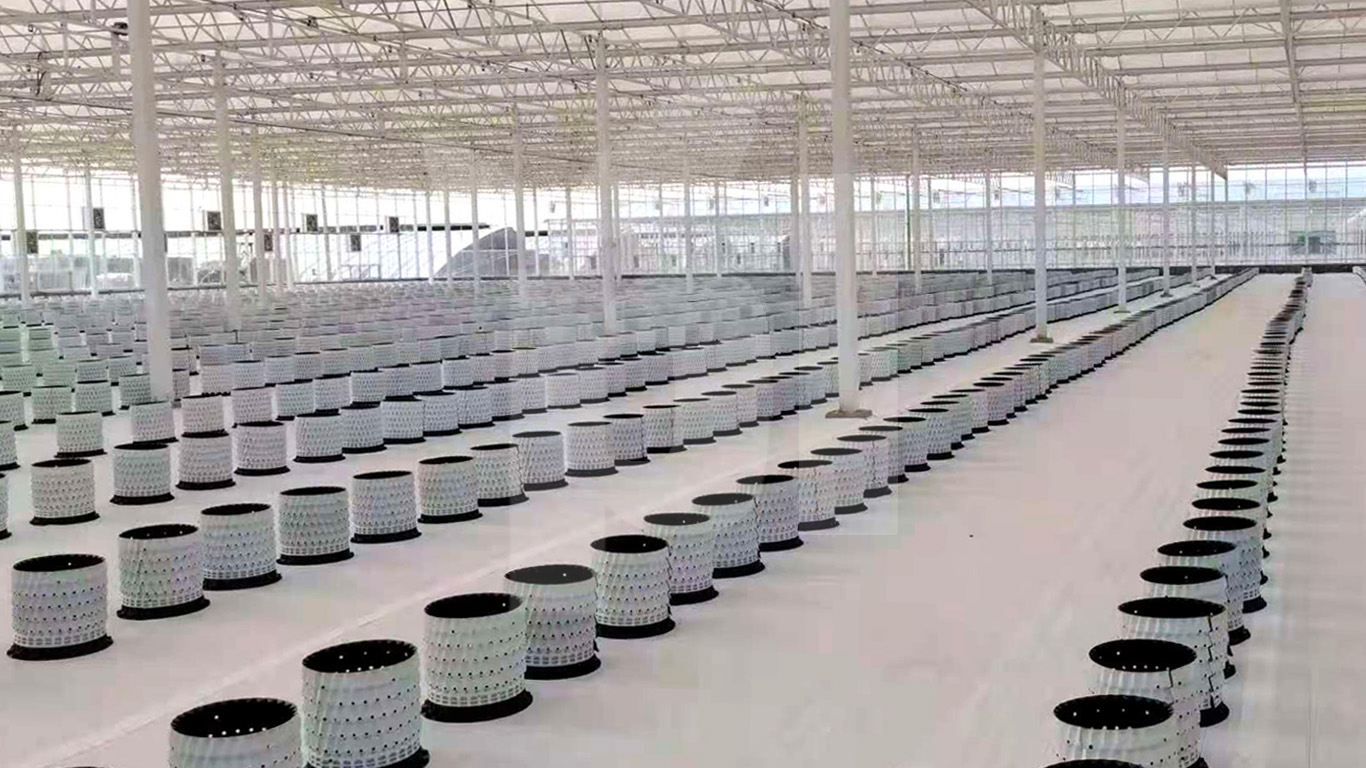
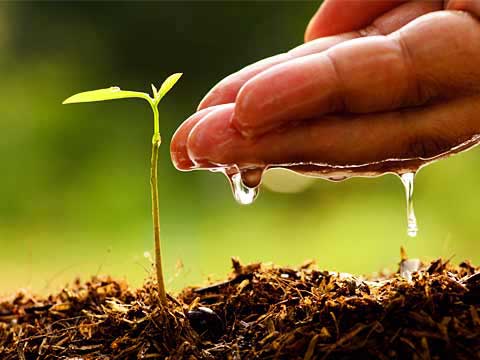
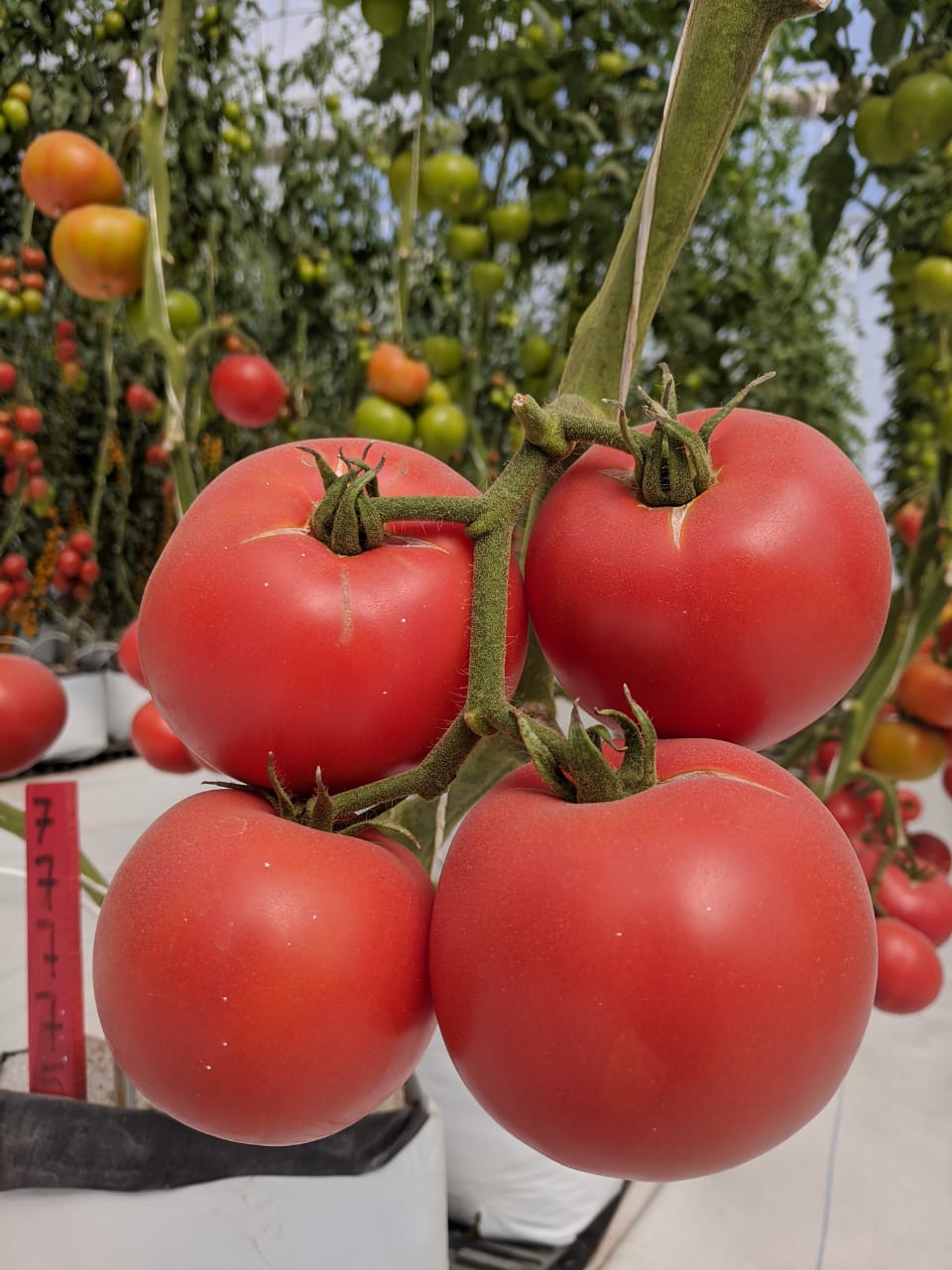
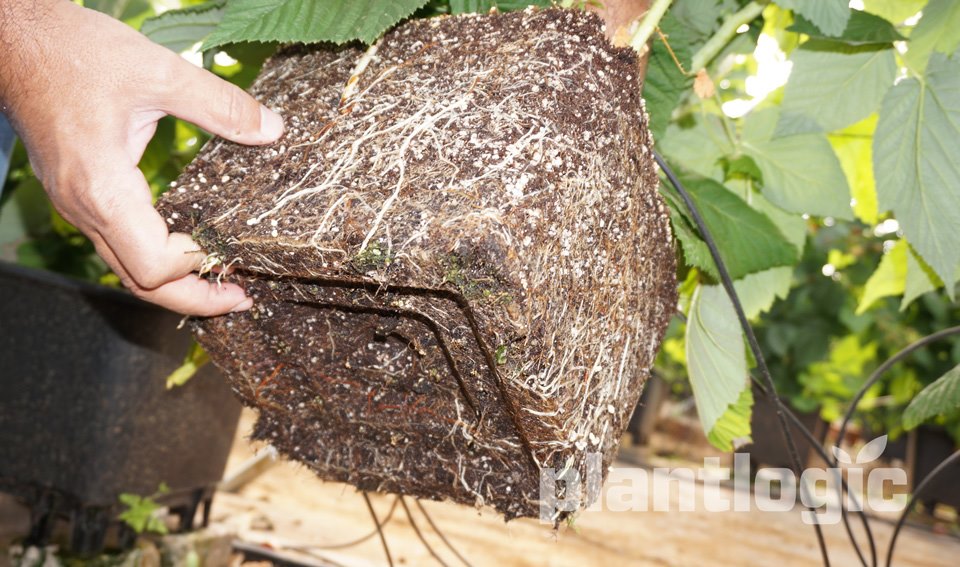
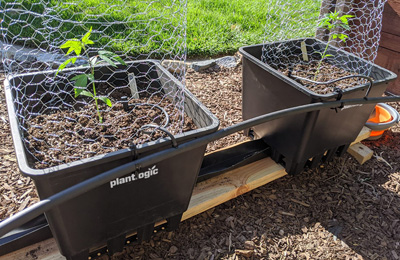


Leave A Comment
You must be logged in to post a comment.